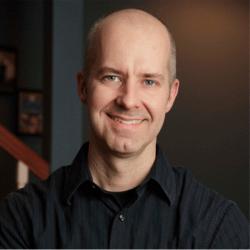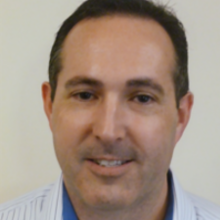From the Technology Designer Magazine Senior Editor, Steve Panosian:
Everyone has some level of concern about household air pollutants especially when the various sources are present and in high concentrations. With the goal of better understanding what type of air purifier would best suit the needs and lifestyle of your customers, this article will help make sense of the different types of room air purifiers and their key features that will result in cleaning the air in almost any living space.
Room air purifiers are best suited for cleaning the air in individual rooms such as bedrooms, living rooms, kitchens, or workout rooms. They can be operated when there are people in the room, run all day, and they can also be moved from room to room.
The Pre-Filter Stage
Filter systems that use a pre-filter to remove the largest elements found in home air such as hair, dust, pollen and sometimes small insects. The pre-filter stage allows the next stage of filtration to last longer by reducing the frequency to replace it throughout the year. Pre-filters can last a lifetime if they are cared for properly, but if your pre-filter is combined with a carbon layer, it will need to be replaced when the carbon layer stops functioning.
The HEPA Filter Stage
True High Efficiency Particulate Arrestance (HEPA) filters are certified to filter out 99.97 percent of particulate pollutants, such as pollen, mold, dust mites, and more, which are as small as 0.3 microns in size. It is important to note that “HEPA-type” or “HEPA-grade” filters are not as efficient as “True HEPA Filters” and are only capable of removing 99 percent of particles 1 to 2 microns in size or larger.
| True HEPA Filtration | HEPA-type or HEPA-grade Filters | |
| Filtration Specification | 0.3 Microns | 1.0 – 2.0 Microns |
True HEPA Grade Filters are certified to filter out particulate pollutants up to 10x smaller than HEPA-type or HEPA-grade filters.
The synergy between Activated Carbon and HEPA Filters
Combining HEPA Filtration with Activated Carbon Filters are best used together. Why, because the molecular-sized pores on activated carbon filters have high absorbency and chemical bonding. These two properties make them highly effective in capturing pollutants that can pass through HEPA filters like chemical emissions, gases, tobacco smoke, and other odors.
| Filter Type | HEPA Filtration | Activated Carbon Filtration |
| Application | Removes Particulates (0.3 – 2.0 Microns) | Removes odors from gases and smoke |
Permanent/Washable Filters
Permanent filters do not need to be replaced. Once saturated with pollutants, they only need to be vacuumed or washed, then can be used again without losing their efficiency. Permanent filters are designed to last a lifetime, but they need to be properly cared for.
Filterless Air Purifier Types
Filterless air purifiers do not use any type of filter or filtration system. Instead, they rely on different types of technologies to clean the air. Often, these technologies are used in conjunction with filtered air purifiers to increase their efficiency. They are also highly efficient on their own, though, and users have found them easier to maintain because filter replacements are no longer an issue.
Air Ionizers
An air ionizer is a type of air purifier that cleans the air with the use of negative or positive ions. Ionizers are highly effective at removing common household air pollutants but often have trouble removing smoke, volatile organic compounds, and other odors.
Electrostatic Precipitator/Electrostatic Air Cleaners
An electrostatic precipitator functions almost the same way as an air ionizer except that it has electrically charged plates that are able to collect air pollutants. For it to remain effective, these plates need to be cleaned regularly, otherwise they become ineffective.
Ozone Generators
Ozone generators are used for cleaning the air by causing a chemical reaction that renders the pollutants harmless. The use of ozone generators in small, closed spaces is not ideal for home use.
Thermodynamic Sterilization
Air purifiers that use thermodynamic sterilization (TSS) to clean the air are also rapidly gaining popularity as they require little maintenance, they operate quietly, and are safe to use in the home. Polluted air passes through the air purifier by the process of convection, the air purifier’s ceramic core is heated up to 200°C and incinerates 99 percent of bacteria, viruses, dust mites, mold, and fungus spores. The process does not remove anything from the air but rather renders them harmless due to the high thermal treatment.


















































